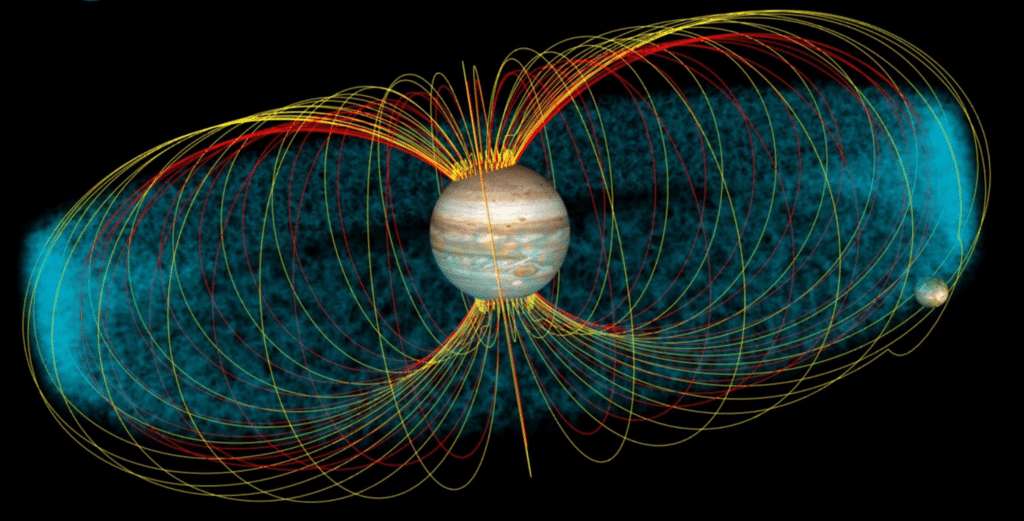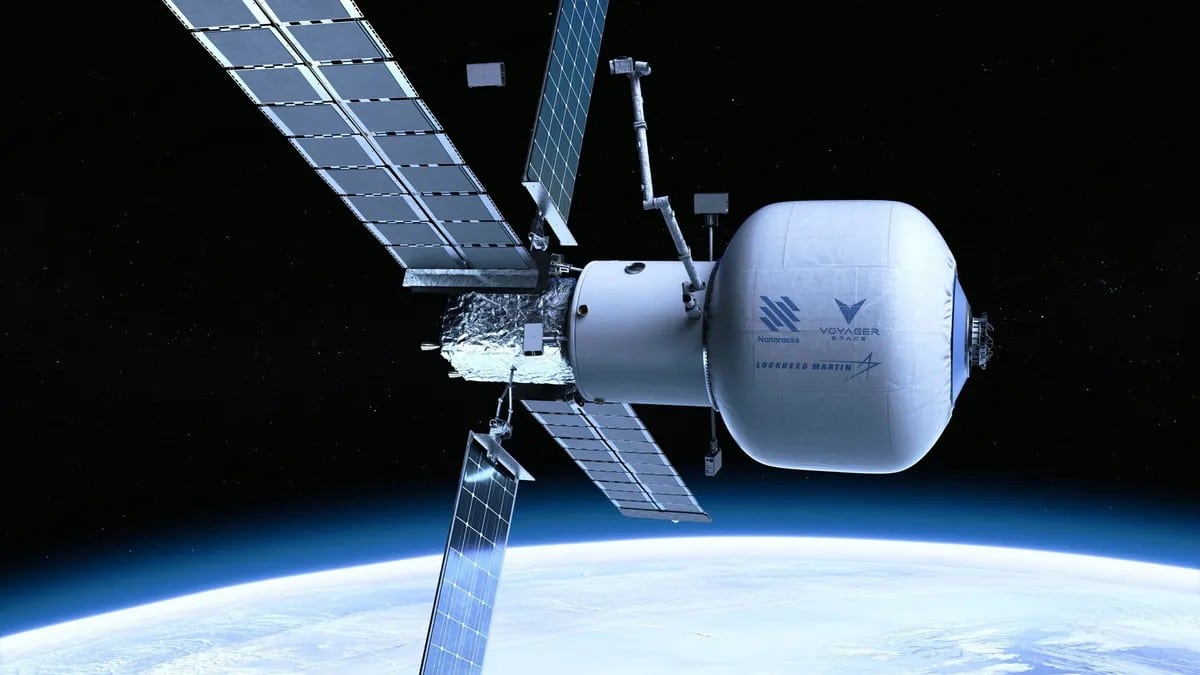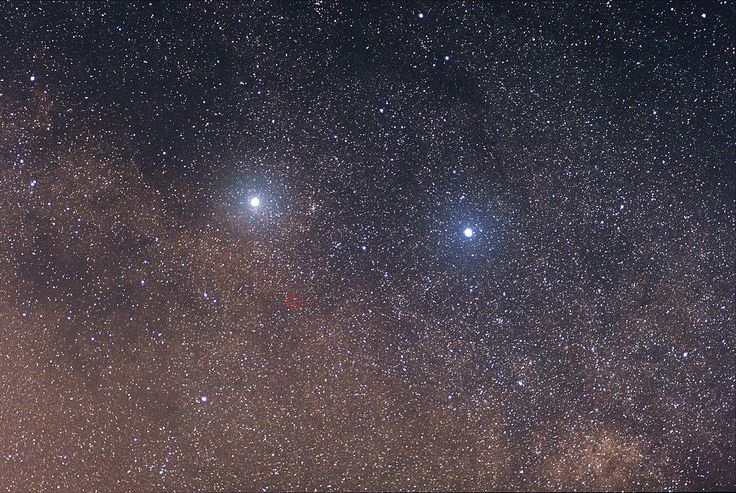Scientists never stop taking steps to help us understand our planet and the universe better. From crewed and uncrewed space missions to space telescope imageries, space scientists under NASA and other agencies explore outer space in different ways. One such revelatory mission is the Juno mission to explore the largest planet in our solar system, Jupiter.
The spacecraft launch
You might have been wondering what Juno implies as regards the Jupiter mission; Juno is the spacecraft to orbit the large planet. Juno launched aboard an Atlas V-551 rocket from Cape Canaveral, Florida, on August 5, 2011.
Courtesy: The Atlantic
The spacecraft is expected to orbit Jupiter 32 times and skim to within 5,000 km above Jupiter’s cloud tops for about a year. The NASA mission is expected to end on the 1st of September, 2025.
Why Jupiter?
Jupiter is a very large planet and that alone makes it an interesting topic for discussion and scientific exploration. Scientists believe Jupiter, being a giant planet, can explain planet formation.
Courtesy: Star Walk
Jupiter formed at the same time as the sun but is made up of heavier elements– and this has brought about competing formation theories. Exploring the gas giant example will point out which theories are valid; it might also help us better understand life’s origin.
Understanding the collapse of the nebula
About four and a half billion years ago, a nebula, a cloud of dust and gas, collapsed, and our solar system was formed. Most of the nebula became the sun, while the rest formed the planets, comets, and asteroids.

Courtesy: YouTube
Interestingly, Jupiter is mainly made of the same elements as the original nebula, and its mass prevents these elements from escaping from its atmosphere. Studying these original elements would help us understand the original nebula and the formation of planets.
Exploring Jupiter’s magnetosphere
The Juno mission seeks to explore how Jupiter’s enormous magnetic force field affects its atmosphere. This is very key because, as the largest planet in our solar system, Jupiter affects our solar system significantly.
Courtesy: Exoplanet Science
Juno is exploring the magnetic and gravitational fields, intense aurora, and vast magnetosphere that form Jupiter’s atmosphere. Furthermore, Juno will discover what the planet is made of and how much of it is water.
Has any data been gotten yet?
The Juno spacecraft arrived at Jupiter on the 4th of July, 2016. The JunoCam visible-light camera, which serves as the spacecraft’s eyes, has been sending data down to scientists on our planet.
Courtesy: NASA Science
When Juno was 4.3 million km away from Jupiter, the camera sent images of three of Jupiter’s largest moons and other atmospheric features. However, scientists aren’t likely to make conclusions until the mission has come to an end and all data has been compiled.







